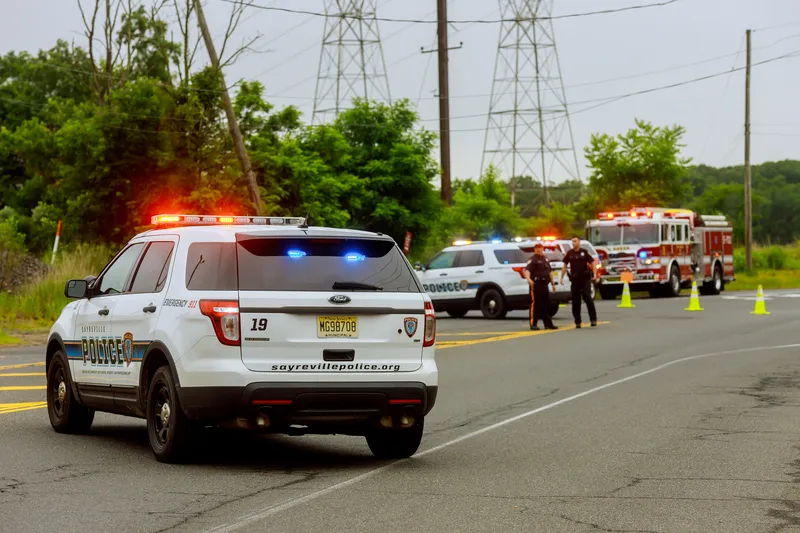Preliminary data collected by the US National Safety Council indicates deaths from motor vehicle crashes during the first six months of 2013 are down 5 per cent, compared to the same six month period last year. In 2013, an estimated 16,620 traffic deaths occurred from January through June, compared to 17,430 in 2012. Definitive reasons behind the decrease are not known. "The Council will be keeping a close eye on our monthly traffic fatality estimates to determine if this decrease is just a blip on the rad
August 9, 2013
Read time: 2 mins
Preliminary data collected by the US 4953 National Safety Council indicates deaths from motor vehicle crashes during the first six months of 2013 are down 5 per cent, compared to the same six month period last year. In 2013, an estimated 16,620 traffic deaths occurred from January through June, compared to 17,430 in 2012. Definitive reasons behind the decrease are not known.
"The Council will be keeping a close eye on our monthly traffic fatality estimates to determine if this decrease is just a blip on the radar," said Janet Froetscher, president and CEO of the National Safety Council. "We are encouraged to see this downward trend and will remain vigilant to keep our roads as safe as possible."
In addition to human loss, motor vehicle crashes present a significant national cost in lost wages and productivity, medical expenses, administrative expenses, employer costs and property damage. The preliminary cost of motor vehicle deaths, injuries and property damage through June was US$127 billion.
"The Council will be keeping a close eye on our monthly traffic fatality estimates to determine if this decrease is just a blip on the radar," said Janet Froetscher, president and CEO of the National Safety Council. "We are encouraged to see this downward trend and will remain vigilant to keep our roads as safe as possible."
In addition to human loss, motor vehicle crashes present a significant national cost in lost wages and productivity, medical expenses, administrative expenses, employer costs and property damage. The preliminary cost of motor vehicle deaths, injuries and property damage through June was US$127 billion.







